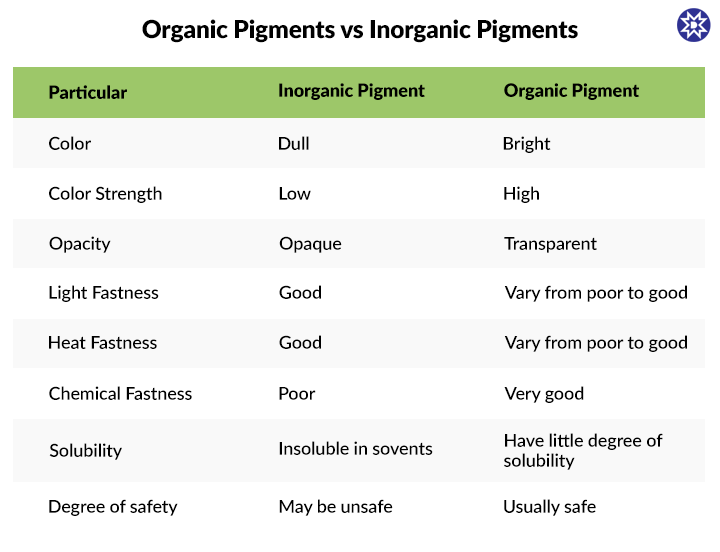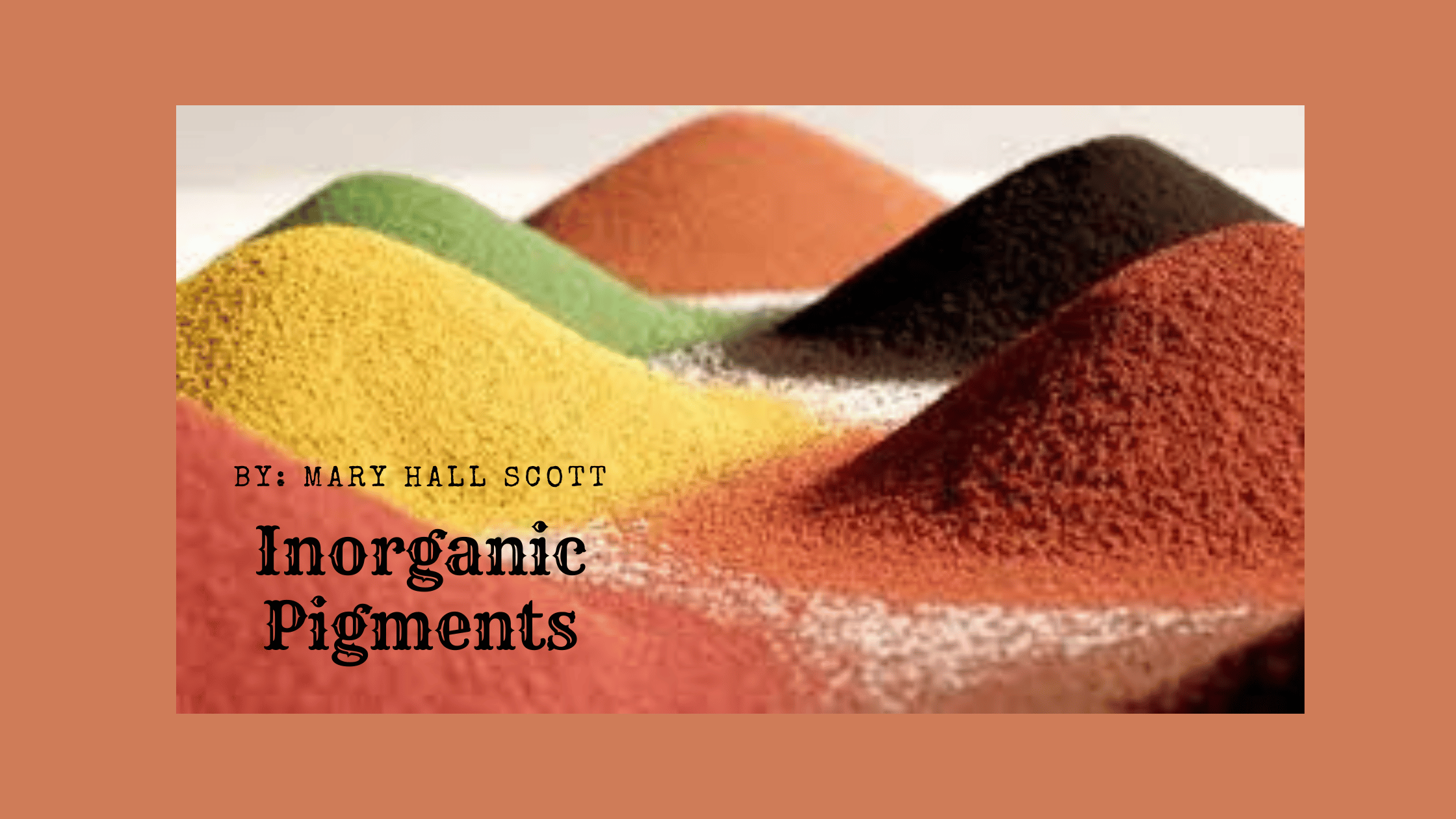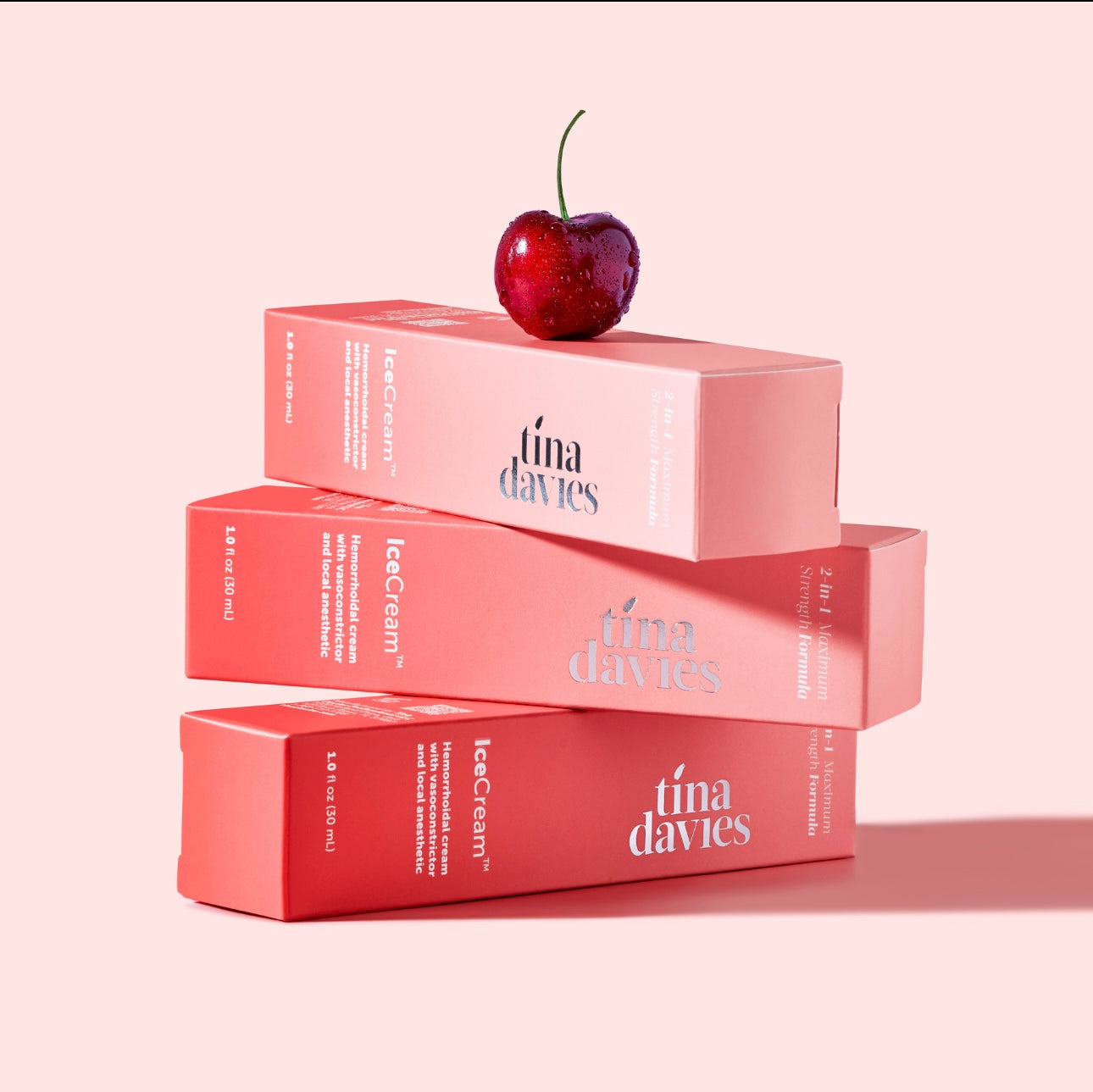Can you keep getting hair-strokes if you use an Inorganic Pigment?
Let first understand Inorganic Pigments.
Unveiling the Chemistry of Inorganic Tattoo Pigments: Art Meets Science
Introduction
Tattoos have been a form of artistic expression and cultural significance for centuries, but it wasn't until the late 20th century that inorganic tattoo pigments gained widespread popularity.
The main inorganic pigments are titanium dioxide, barium sulphate and iron oxides. Titanium dioxide and barium sulphate are used for white colors or to brighten darker shades. Iron oxides are used to achieve the colors red, brown and black and are often used for colors similar to the shade of the skin.

- Inorganic Tattoo Pigments: A Colorful Chemistry
In the photo above you see the colors of inorganic colorants. These colors are more muted, not as vibrant as an organic colorant.
Inorganic tattoo pigments are mineral-based compounds derived from various metal elements. Unlike organic tattoo pigments, which are carbon-based, inorganic pigments are composed of metal salts, oxides, or even mixed-metal compounds.
Also known as natural iron oxide pigments, iron-oxide earth pigments comprise both oxides and oxide hydroxides of iron. This group of pigments creates the earthy ochres (pale yellow to deep red, brown, and violet) , siennas (yellow brown) , and umbers (natural brown).
- The Appeal of Inorganic Tattoo Pigments
One of the main advantages of inorganic tattoo pigments lies in their longevity. Compared to organic pigments that may fade over time, inorganic pigments tend to retain their vibrancy for longer periods. This characteristic is especially appealing to those seeking tattoos with enduring colors. Additionally, inorganic pigments are less likely to be affected by exposure to sunlight or ultraviolet radiation, further contributing to their permanence.
Main Differences Between Organic and Inorganic Pigments
While both organic and inorganic pigments are ardently used in cosmetic manufacturing, they differ in physical and chemical properties.

- Size: The particle size of organic pigments is smaller than those of the inorganic pigments.
- Brightness: Organic pigments exhibit more brightness. However, inorganic pigments are known for long-lasting effects as their stay in sunlight and chemicals is more than organic pigments. Think of the red rocks that stay red in Arizona forever.
- Colors: Inorganic pigments have a more comprehensive range of colors as compared to organic pigments.
Inorganic:

Organic:

How to Decide Whether to Use Organic or Inorganic Pigments?
This decision needs to be taken with several considerations. First, the differences need to be considered before the conclusion.
For instance, if the product to be colored is to stay longer in sunlight, then inorganic pigments can be used. On the other hand, organic pigments can be used for getting bright colors.
https://www.meghmaniglobal.com/organic-vs-inorganic-pigments/
3. Tattoo Safety and Regulation
The responsibility of ensuring safe tattoo practices lies with both the tattoo artists and their clients. Artists should be well-informed about the composition of the pigments they use.
Conclusion:
I am not sure that you can keep putting in hair strokes over and over again simply because a pigment is inorganic.
When inorganic strokes fade, the color is fading but the actual particles (if implanted in the sweet spot) have become encapsulated like any other pigment particle. As stated in the article above, inorganics may have a better lightfastness for longevity and are less affected by the sun (UVA, UVB rays).
Therefore, the particles are still in the skin. Also, inorganic particles are generally larger which would make them even harder for the body to break down. The macrophages will keep trying just as they would with any foreign body.
Larger particles are broke down by a process called phagocytosis.

Orange tattoo ink containing C.I. 21110 (organic) and titanium dioxide. From left to right: dark control sample, sample irradiated for 7 days with artificial sunlight, and sample irradiated for 7 days with visible (VIS) light only.
https://karger.com/books/book/174/chapter/5111387/Photostability-and-Breakdown-Products-of-Pigments
So if you look at it from a science standpoint you would keep placing particles on top of particles over and over again. If you are doing this every year because these particles “Fade” and you don’t see color, then how many times can you do this before you have no more room left in the skin?
Inorganic’s are heavier particles than organic or synthetic, therefore they need a different suspension to keep them mixed.
This maybe one of the scientific reasons that the inks are harder to implant. It may also be one of the reasons that they “Fade”.
The pigments may not be implanted in the sweet spot due to the molecular structure, weight, recipients etc. If this is the case they maybe be fading due the fact that they are migrating upwards when the epidermis is shedding.
If the pigments are migrating to the surface this would explain the “Fade”, in that case their would be room for additional pigment.
Think of it as a BB Glow procedure where the camouflage pigments are implanted superficial and then are shed off.
Also, think about the lightfastness of the colorants used in these inorganic pigments. If they are the same colorants (combination of colorants) as being used in hybrid pigments, it does not make sense that they will fade faster. Although science will tell you that inorganics have higher lightfastness properties.
It’s an interesting question and I think it should be looked at from a scientific standpoint so that it’s truly understood.
A marketing perspective is only about sales and it’s easy to sell products if you say that inorganics will fade and are more forgiving etc.
It’s like saying all new artists should use inorganics because they are more forgiving.
Should all new artists use inorganic pigments that are harder to implant and may not be the right pigment for their client because marketing tells them too?
We are now in a PMU world that information is being shared by the distributors. We have enough information to look at pigments individually. Looking at them as a “classification” and only using one type is a mistake I fear many artists are making.
The right pigment whether it’s organic, inorganic or a hybrid should be used on the right client.






